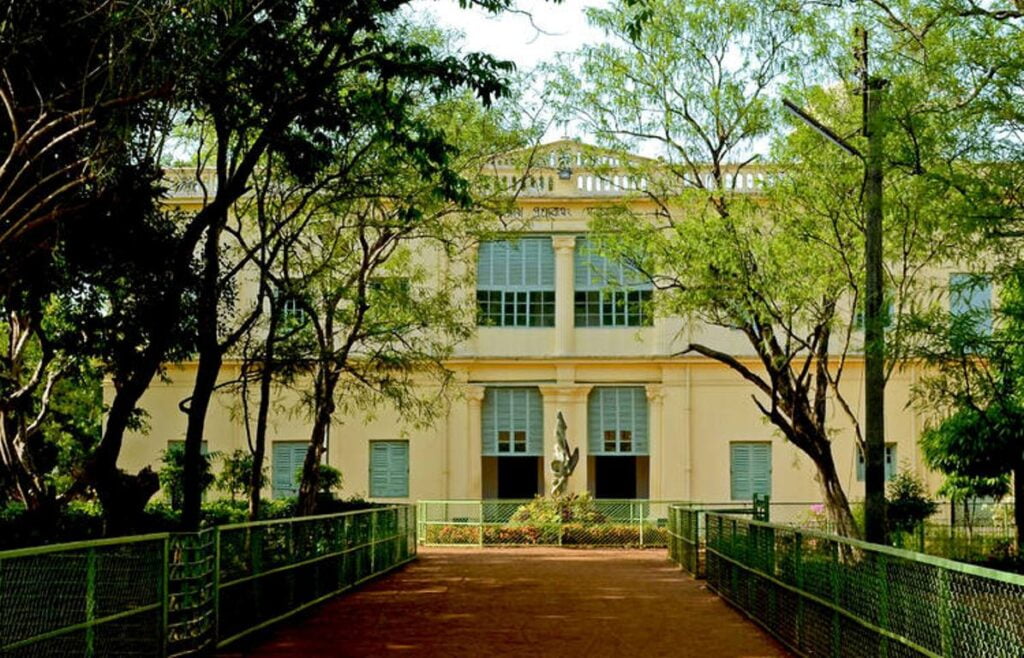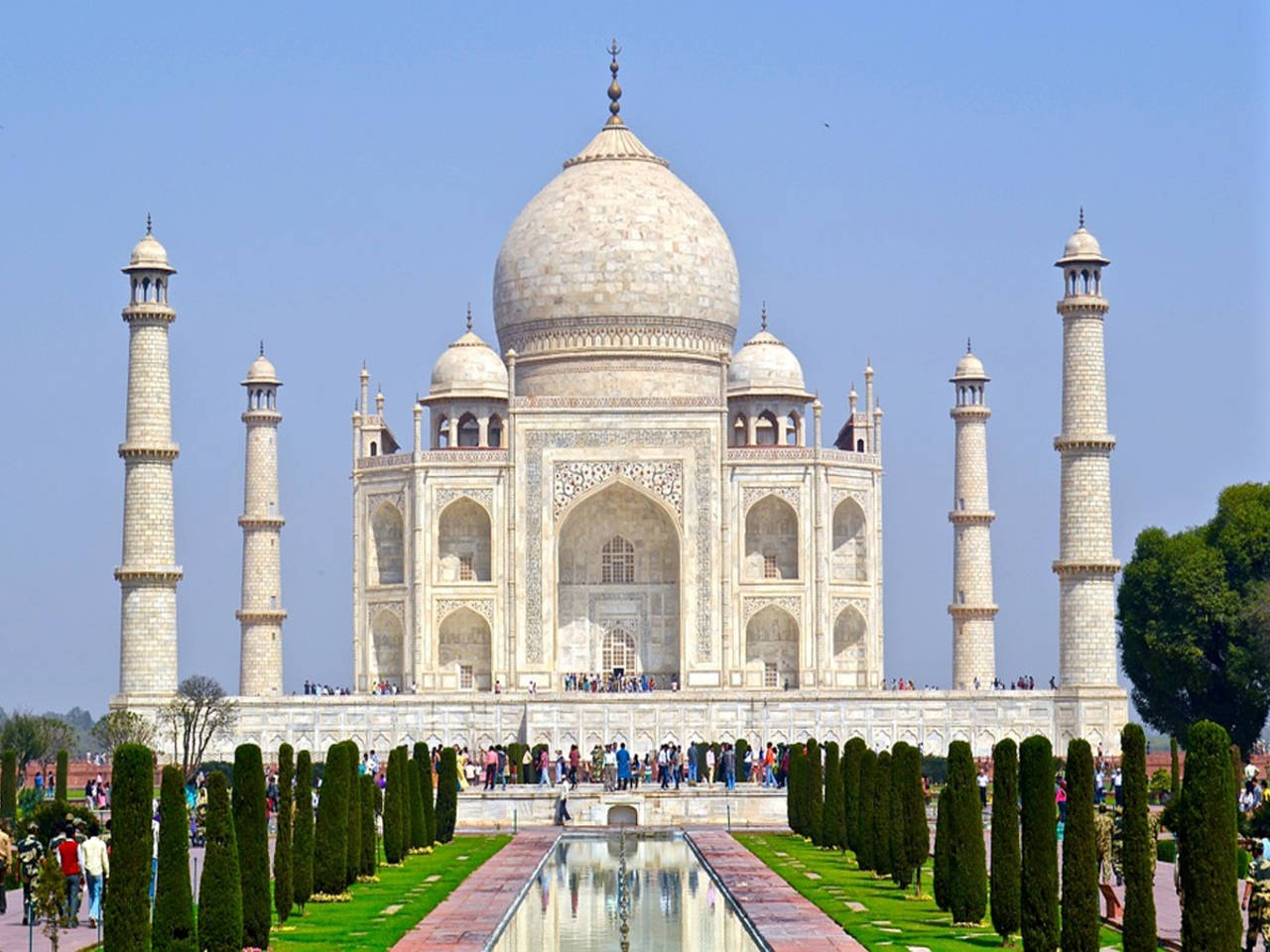India, with its vast and diverse history, boasts a significant number of UNESCO World Heritage List. These sites, representing the cultural, historical, and natural heritage of the country, are of paramount importance not just to India but to the world at large. Here, we shed light on some of these gems and the year they were inscribed onto the UNESCO World Heritage List:
- Agra Fort (1983): A testament to Mughal grandeur, Agra Fort comprises massive walls, halls, mosques, and palaces. It serves as an emblem of India’s rich history and the Mughal Empire’s architectural prowess.
- Ajanta Caves (1983): These rock-cut caves are adorned with Buddhist sculptures and frescoes, representing stories and incidents from Buddha’s life, showcasing the peak of ancient Indian art and architecture.
- Ellora Caves (1983): This site exhibits 34 monasteries and temples extending over more than 2 km, demonstrating the religious harmony of ancient India through its Buddhist, Hindu, and Jain monuments.
- Taj Mahal (1983): An epitome of love and Mughal architecture, this iconic white marble mausoleum attracts millions, symbolizing India’s rich history and cultural heritage.
- Group of Monuments at Mahabalipuram (1984): These Pallava dynasty creations, including temples and rock carvings, exemplify early Dravidian architecture.
- Sun Temple, Konârak (1984): A 13th-century marvel, the temple is a representation of the Sun God’s chariot, showcasing intricate artistry and architectural dexterity.
- Kaziranga National Park (1985): A refuge for the endangered one-horned rhinoceros, this park is a testament to India’s biodiversity and conservation efforts.
- Keoladeo National Park (1985): Known as a bird paradise, it is a seasonal wetland, hosting thousands of migratory birds, emphasizing the importance of ecological conservation.
- Manas Wildlife Sanctuary (1985): This sanctuary, with its diverse flora and fauna, serves as a crucial ecosystem balancing conservation with local cultural practices.
- Churches and Convents of Goa (1986): Demonstrating Baroque and Gothic styles, these edifices highlight the historical and cultural synthesis from the Portuguese era.
- Fatehpur Sikri (1986): Built by Emperor Akbar, it’s a blend of Mughal and Persian architecture, showcasing the grandeur of a once-flourishing Mughal capital.
- Group of Monuments at Hampi (1986): Remnants of the Vijayanagara Empire, these ruins are a testament to its architectural and cultural magnificence.
- Khajuraho Group of Monuments (1986): Celebrated for its erotic carvings, these temples are an exemplar of Indo-Aryan architecture and India’s diverse cultural heritage.
- Elephanta Caves (1987): These rock-cut cave temples, dedicated to Lord Shiva, are a blend of Brahmanical art and spirituality.
- Great Living Chola Temples (1987): Built by the Cholas, they reflect the dynasty’s contribution to Dravidian temple architecture and Tamil civilization.
- Group of Monuments at Pattadakal (1987): They signify an eclectic blend of architectural styles, harmonizing northern and southern Indian architectural forms.
- Sundarbans National Park (1987): This mangrove forest, home to the Royal Bengal tiger, emphasizes the harmony between mangrove forestry and wildlife conservation.
- Nanda Devi and Valley of Flowers National Parks (1988): These parks showcase the diversity of India’s flora, including the breathtaking Valley of Flowers, and are of high conservation and natural beauty.
- Buddhist Monuments at Sanchi (1989): These stupas, chaityas, and temples are significant in understanding the evolution of Buddhist architecture and teachings.
- Humayun’s Tomb, Delhi (1993): This precursor to the Taj Mahal exhibits the grandeur of Mughal architecture and garden design.
- Qutb Minar and its Monuments, Delhi (1993): A symbol of Indo-Islamic architecture, the Qutb complex serves as a testament to Delhi’s historical significance.
- Mountain Railways of India (1999, 2005, 2008): Emblematic of engineering innovation, these railways represent the triumph of human endeavor over challenging terrains.
- Mahabodhi Temple Complex at Bodh Gaya (2002): This temple, marking Buddha’s enlightenment, is a pilgrimage site and beacon of Buddhist spirituality.
- Rock Shelters of Bhimbetka (2003): These caves exhibit the earliest traces of human life in India, offering insights into the prehistoric era.
- Champaner-Pavagadh Archaeological Park (2004): Showcasing unexcavated archaeology, this site reflects medieval, pre-Mughal city architecture and culture.
- Chhatrapati Shivaji Terminus (formerly Victoria Terminus) (2004): A blend of Gothic and traditional Indian architecture, it signifies India’s colonial history and rail legacy.
- Red Fort Complex (2007): Symbolic of Mughal grandeur, it stands as a reminder of India’s historic freedom struggle.
- The Jantar Mantar, Jaipur (2010): This astronomical observatory is a testament to India’s advanced scientific heritage.
- Western Ghats (2012): As one of the world’s biodiversity hotspots, it emphasizes the significance of ecological balance and conservation.
- Hill Forts of Rajasthan (2013): These forts, set against the Aravalli range, are emblematic of Rajput valor and architectural grandeur.
- Great Himalayan National Park Conservation Area (2014): Rich in biodiversity, this park showcases the conservation of alpine flora and fauna.
- Rani-ki-Vav (the Queen’s Stepwell) at Patan, Gujarat (2014): An intricately designed stepwell, it represents the ancient Indian architectural genius in harnessing water resources.
- Archaeological Site of Nalanda Mahavihara at Nalanda, Bihar (2016): Ruins of the ancient learning center, it epitomizes India’s rich educational and monastic tradition.
- Khangchendzonga National Park (2016): Apart from its diverse flora and fauna, it holds religious significance and exemplifies the harmonious coexistence of nature and culture.
- The Architectural Work of Le Corbusier (2016): As part of the global recognition, Chandigarh’s architectural works signify modernist principles and urban planning.
- Historic City of Ahmadabad (2017): Embodying India’s mercantile heritage, it reflects the synthesis of Hindu, Jain, and Islamic cultures.
- Victorian Gothic and Art Deco Ensembles of Mumbai (2018): They symbolize Mumbai’s modernization phases, encapsulating 19th-century Victorian neo-Gothic and early 20th-century Art Deco architectures.
- Jaipur City, Rajasthan (2019): Reflecting the urban planning of a medieval trade town, it integrates Indian architectural styles with Persian concepts.
- Dholavira: a Harappan City (2021): This significant Indus Valley Civilization site provides insights into ancient urban planning, architecture, and social organization.
- Kakatiya Rudreshwara (Ramappa) Temple, Telangana (2021): Demonstrating Kakatiyan architectural prowess, the temple’s sandstone and granite structures reflect a unique craftsmanship.
- Sacred Ensembles of the Hoysalas (2021): They stand as a testament to the distinct temple architectural style developed under the Hoysala dynasty.
- Santiniketan (2023): Established by Rabindranath Tagore, it is a reflection of India’s philosophical and artistic heritage.

India is home to many UNESCO World Heritage Sites that each tell a story of its rich past. From ancient temples, forts, and cities to natural parks full of wildlife, these places show India’s deep culture, history, and natural beauty. They remind us of India’s skilled artists, brave kings, and wise teachers from long ago. Each site is like a piece of a big puzzle that, when put together, shows the full picture of India’s greatness. These places are not just old buildings or forests; they are the heart of India, telling us who we were and who we are.

